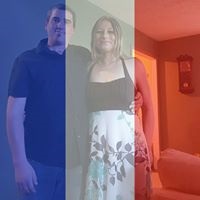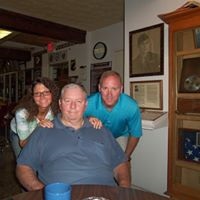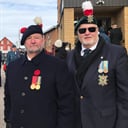What was the name of the Space Shuttle that exploded in 1986?
Space Shuttle Challenger (Orbiter Vehicle Designation: OV-099) was the second orbiter of NASA's space shuttle program to be put into service following Columbia. The shuttle was built by Rockwell International's Space Transportation Systems Division in Downey, California. Its maiden flight, STS-6, started on April 4, 1983.
It launched and landed nine times before breaking apart 73 seconds into its tenth mission, STS-51-L, on January 28, 1986, resulting in the death of all seven crew members, including a civilian school teacher. It was the first of two shuttles to be destroyed in flight, the other being Columbia in 2003. The accident led to a two-and-a-half year grounding of the shuttle fleet; flights resumed in 1988 with STS-26 flown by Discovery.
After its first flight in April 1983, Challenger quickly became the workhorse of NASA's Space Shuttle fleet, flying far more missions per year than Columbia. In 1983 and 1984, Challenger flew on 85% of all Space Shuttle missions. Even when the orbiters Discovery and Atlantis joined the fleet, Challenger flew three missions a year from 1983 to 1985.
Challenger, along with Discovery, was modified at Kennedy Space Center to be able to carry the Centaur-G upper stage in its payload bay. If flight STS-51-L had been successful, Challenger's next mission would have been the deployment of the Ulysses probe with the Centaur to study the polar regions of the Sun.
More Info:
en.wikipedia.org









